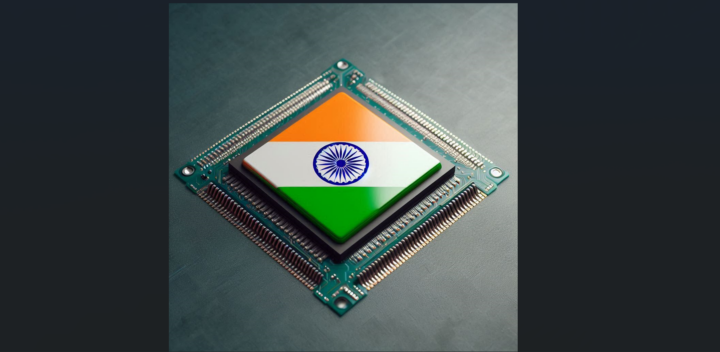In conventional banking operations and standard services, the business justification for this profession is no longer compelling. Banks accept private home savings deposits in order to protect financial assets. They help corporations and municipalities build infrastructure and lend money to enterprises and individuals.
Businesses today, regardless of the sector in which they operate, have a need to cover the whole lifecycle of their customers. With this transformation, banks would be able to provide a wider variety of services to their customers, generate new revenue streams, and convert into a one-stop shop for all of their clients’ requirements. In order to do this, banks will need to interact with a broader range of stakeholders from different sectors and completely digitize themselves.
Controlling the data path allows for a one-stop shop for the customer journey
Controlling the data path allows for a one-stop shop for the customer journey.
Insurance businesses, FinTechs, payment service providers, credit card issuers, real estate investors, accounting firms, and business consulting organizations all want secure, high-performance direct connections. One possible next step for a bank after establishing such a rapport with its business partners is to further embed itself in each of the value chains described.
Instead of focusing solely on providing financial services to vertical businesses like real estate, retail, or automotive, banks will mitigate the entire customer experience across multiple industries. Using digital infrastructures and third-party sources, they may be able to promote to a larger audience. A bank may integrate itself more quickly and effectively into each of the value chains represented by its customers. This concept applies to all vertical sectors; banks may extend their value chain participation in any area where they provide loans to customers or collaborate with existing partners.
Mitigating Risk to Gain Digital Banking’s Benefits
The banking industry, like any other, can overcome the challenges of digitalization with the right networking strategy. Direct connections to other networks are monitored and secured by financial institutions. If they want to send data in a fast, efficient, flexible, and secure manner, they must connect their network directly to the networks of their various partners.
This is known as ‘interconnection,’ and for the best results, banks must ensure direct interconnection to other networks, which they control. With the right interconnection strategy, the banking sector’s digitalization challenges can be overcome, ushering in a new era of truly digital banking.
Secure Private Parties for Data Management
Interconnecting with more stakeholders requires a new approach. Flexibility, simplicity, and compliance management increase with ecosystem size. Infrastructure-wise, the bank’s ecosystem must be smart, efficient, and seamless. This will allow for the management of compliance and environmental complexity.
Data outside of a bank’s network is typically vulnerable or costly to protect. Banks are linked to large external networks via MPLS and IP transit. MPLS is too costly and difficult to scale to more partner networks. IP transit is riskier than direct partner connections because it has no control over traffic patterns.
Instead, a bank can build its own private special-interest connectivity ecosystem on a secure and high-performance interconnection platform to bypass the public Internet, connect directly to its trusted partners and customers, and have high-speed, secure, and flexible access to its digital resources and enterprise-grade cloud applications, reducing connectivity costs.
Future of Digital Banking Recommendations
This evolutionary transformation is designed to enable banks to meet the wants and preferences of their customers seamlessly across sectors and customer lifecycles.
Banks must also concentrate on their digital infrastructure to ensure that all aspects of interconnectivity culminate at a single point. As the bank grows larger and more risk-averse, the transition will take longer. It must also include compliance, risk minimization, and a secure connection.
Banks must also concentrate on their digital infrastructure to ensure that all aspects of interconnectivity culminate at a single point
Banks must secure and manage the links in their networks in order to establish new revenue streams and business models and maintain their financial sector dominance. The best connection option in the past is no longer adequate now to meet the needs of modern banking.
A critical step toward the future of digital banking is establishing a secure and private special-connected environment on a high-performance, carrier-neutral connectivity Interconnection Platform.

Guest contributor Sudhir Kunder is the Country Director of DE-CIX India, a regional Internet peering and interconnection hub for major Indian and international networks. Any opinions expressed in this article are strictly that of the author.












